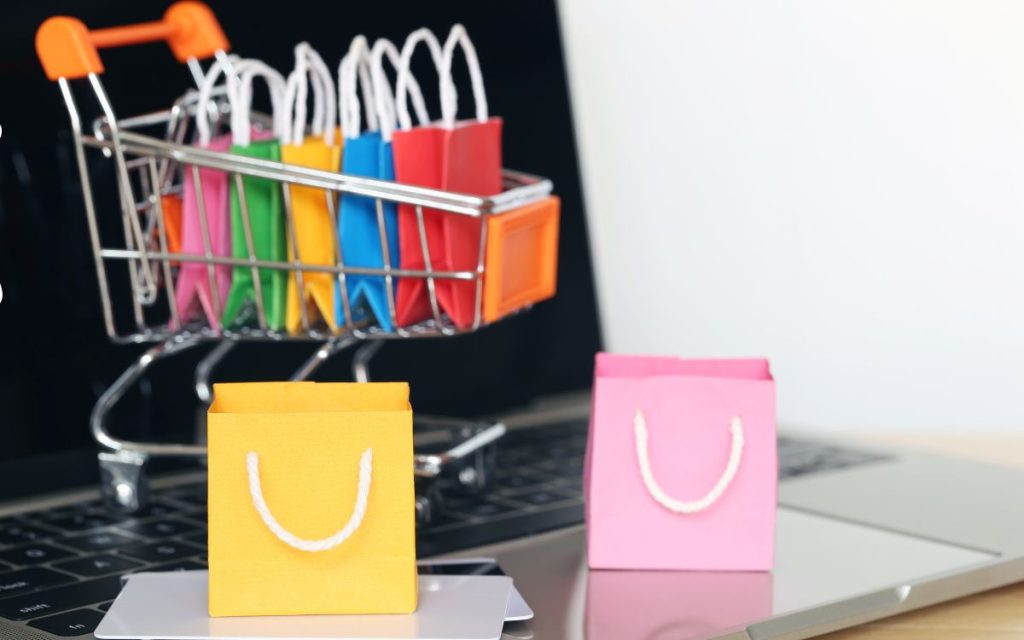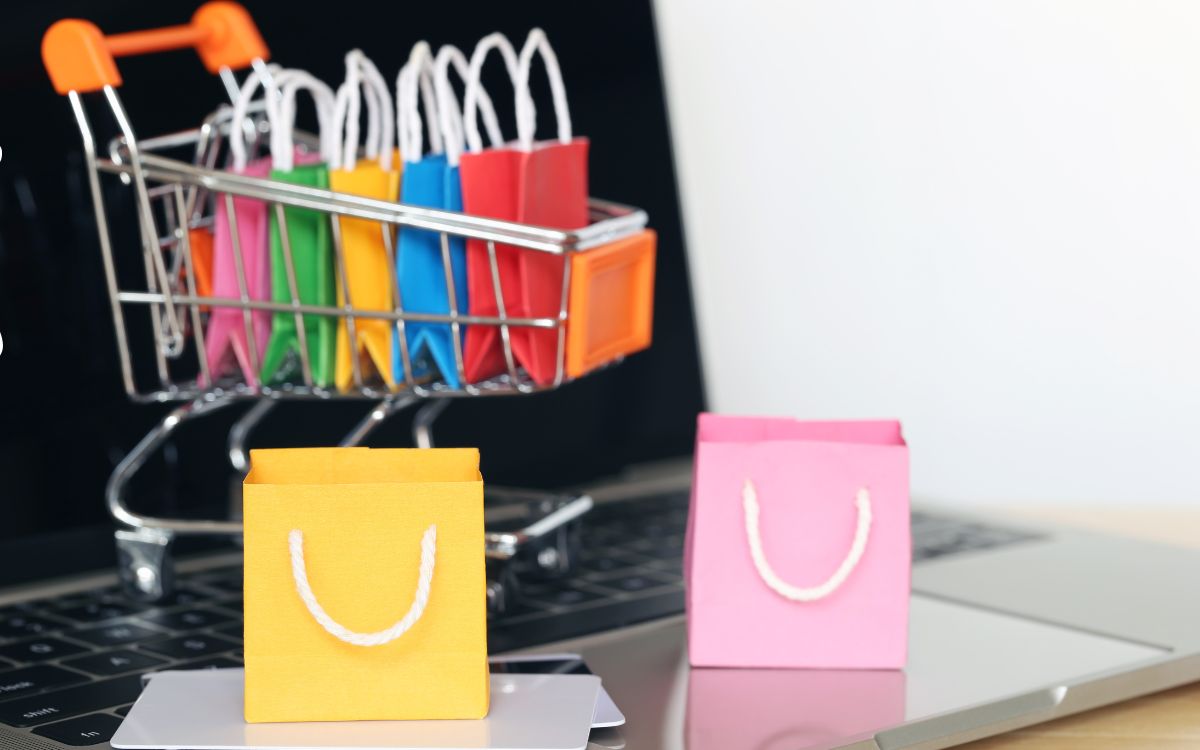Table of Contents
Third-party fulfillment can help boost profit margins. In the competitive world of e-commerce, profit margins can be tight. Businesses face growing demands for quick delivery, efficient order processing, and excellent customer service, all while trying to maintain profitability. One strategic way to enhance profit margins is through third-party fulfillment (3PL). By outsourcing logistics to a fulfillment partner, e-commerce brands can reduce operational costs, streamline processes, and improve overall efficiency, freeing up resources to focus on growth. Here’s how third-party fulfillment can be the key to maximizing profit margins and sustaining long-term success.

1. Lower Overhead Costs with Scalable Storage and Reduced Inventory Expenses
In-house fulfillment often requires a significant investment in warehouse space, equipment, and inventory management. As orders grow, businesses face the high costs of expanding storage and staff, which can eat into profit margins. Third-party fulfillment centers allow businesses to pay only for the storage they use, eliminating the need for costly long-term leases. Since 3PLs are equipped to scale with demand, businesses can keep their storage costs flexible, ensuring that they don’t overspend during slower periods and have ample capacity during high-volume seasons.
Additionally, most 3PLs operate multiple warehouses, allowing e-commerce brands to store products closer to their customers. This distributed model reduces shipping distances and costs, making it both a cost-effective and customer-friendly solution.
2. Reduce Shipping Costs through Bulk Carrier Discounts
Shipping is one of the highest expenses for e-commerce businesses, especially when trying to meet fast delivery expectations. Fulfillment centers often have long-standing relationships with major carriers and leverage their high shipping volumes to secure bulk discounts. This buying power allows 3PLs to offer lower shipping rates than most businesses can negotiate on their own. Lower shipping costs not only reduce expenses but also allow brands to offer competitive, even free, shipping options to customers without cutting into profits.
Additionally, with access to multiple distribution centers, orders can be shipped from the location closest to the customer, reducing both shipping costs and delivery times—further enhancing the customer experience without additional costs.
3. Cut Down on Labor Costs with a Dedicated Fulfillment Team
Managing in-house fulfillment requires a dedicated team to handle inventory, pack orders, and ship products, all of which add to payroll costs. When you partner with a 3PL, you gain access to a team of logistics professionals who handle every aspect of fulfillment for you. Since the 3PL manages staffing, businesses avoid the costs associated with hiring, training, and managing warehouse employees, as well as seasonal staff during peak periods. This reduction in labor costscan significantly improve profit margins, as the business is no longer responsible for payroll, benefits, or the management of a fulfillment team.
Outsourcing labor also reduces the potential for costly errors and delays, as fulfillment centers specialize in efficient, error-free order processing.
4. Improve Cash Flow with Flexible, Pay-as-You-Go Pricing Models
In-house fulfillment comes with a range of fixed costs, from warehouse leases to utility bills, regardless of how many orders you process each month. With a 3PL, businesses benefit from flexible pricing models based on order volume, storage needs, and other services. These pay-as-you-go models enable brands to scale fulfillment expenses up or down as needed, which improves cash flow and enables better resource allocation during slow seasons or peak times.
Improved cash flow gives e-commerce businesses the flexibility to reinvest in marketing, product development, or other growth initiatives that drive long-term profitability.
5. Lower Packing Material Costs
Packing materials—such as boxes, padding, and labels—are often overlooked but can add up over time. Fulfillment centers often buy packing materials in bulk at lower prices, allowing them to pass those savings on to clients. Many 3PLs include packing materials in their service fees, meaning businesses no longer have to budget for and manage packing supplies.
This reduction in material costs enables e-commerce brands to maintain high-quality packaging standards without increasing per-order expenses. As a result, they can offer a premium unboxing experience to customers at a fraction of the cost.
6. Increase Efficiency with Advanced Technology and Automation
To run fulfillment in-house, businesses often need to invest in advanced software for inventory management, shipping, and tracking—an expense that can be prohibitive for smaller brands. 3PL providers typically have sophisticated technology systems and automated processes already in place, which are included in the service fee.
These systems ensure real-time inventory tracking, automated reordering, and seamless integration with e-commerce platforms. Advanced analytics from the 3PL’s software can also provide valuable insights into inventory levels, seasonal trends, and delivery performance, enabling smarter decision-making without added technology costs.
7. Enhanced Customer Experience Drives Repeat Purchases
A streamlined fulfillment process results in faster, more accurate shipping, which is critical for customer satisfaction and retention. When customers receive their orders quickly and correctly, they’re more likely to shop with the brand again and recommend it to others. A reliable 3PL partner enhances the customer experience with features like real-time tracking, customizable packing options, and efficient returns handling.
Since retaining customers is far more cost-effective than acquiring new ones, the improved customer experience provided by 3PLs can drive repeat purchases and build brand loyalty, boosting profit margins over time.
8. Efficient Returns Management Lowers Operational Costs
Returns are an unavoidable aspect of e-commerce, but managing them in-house can be time-consuming and costly. 3PLs often offer comprehensive returns management as part of their service package. This includes processing returned items, updating inventory, and handling refunds or exchanges quickly.
By outsourcing returns to a 3PL, e-commerce brands can reduce the labor and storage costs associated with returns while offering customers a seamless experience. Efficient returns management helps retain customer satisfaction while lowering the expenses related to reverse logistics, ultimately boosting profitability.
9. Optimized Inventory Management Prevents Overstocks and Stockouts
Inventory management is critical to maintaining profitability. Overstocking leads to excess carrying costs, while stockouts can mean missed sales and unhappy customers. Fulfillment centers use advanced inventory management software to help businesses maintain optimal stock levels, reducing the risks and costs associated with overstocking and stockouts.
With accurate, real-time inventory data and predictive analytics, businesses can make data-driven decisions about restocking, demand forecasting, and inventory allocation. This optimized approach to inventory management reduces waste, minimizes holding costs, and ensures that products are available to meet demand, all of which positively impact profit margins.
10. Free Up Resources for Growth and Core Business Initiatives
Outsourcing fulfillment allows e-commerce businesses to redirect time, energy, and resources that would have gone into logistics management toward growth-focused activities. With fulfillment in the hands of a trusted 3PL, businesses can concentrate on product development, marketing campaigns, and customer service enhancements. This shift in focus enables companies to innovate, expand product lines, and build stronger customer relationships, all of which contribute to long-term profitability.
By dedicating resources to core business functions, brands not only boost profitability but also strengthen their competitive edge in the marketplace.

Boost Profit Margins Using Ideal Fulfillment
In today’s fast-paced e-commerce landscape, maximizing profit margins is essential for sustainable growth and success. Third-party fulfillment centers offer e-commerce businesses a strategic way to reduce costs, increase efficiency, and improve customer satisfaction—all while freeing up valuable resources. From cutting overhead expenses and labor costs to streamlining returns management and optimizing inventory, 3PLs provide solutions that enhance profitability at every step of the fulfillment process.
For e-commerce brands looking to scale and remain competitive, partnering with a third-party fulfillmentcenter is a smart investment. Not only does it lower operational costs, but it also empowers businesses to deliver a top-notch customer experience, setting them up for sustained growth and increased profit margins. Through thoughtful outsourcing, businesses can create a flexible, cost-effective logistics strategy that adapts to market demands and supports long-term success.
